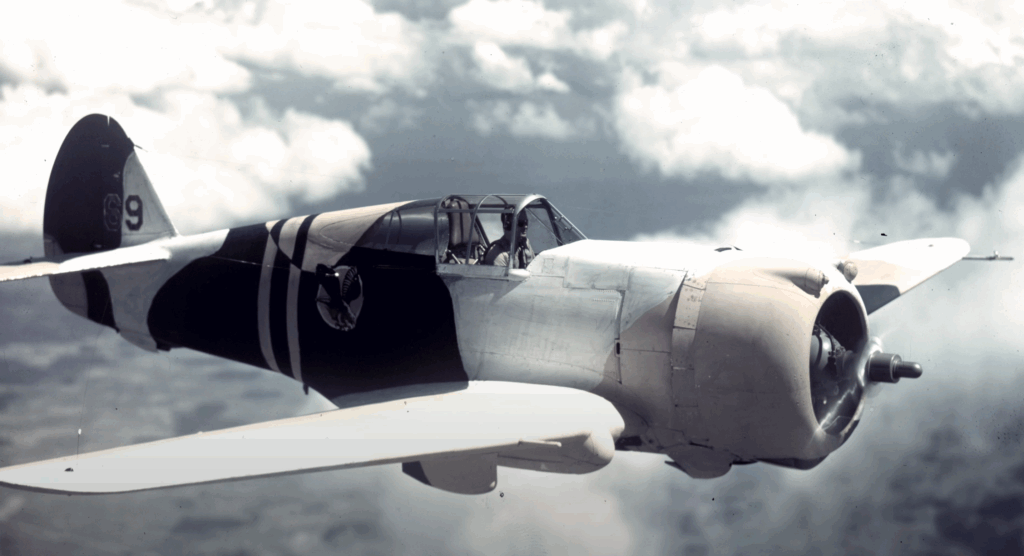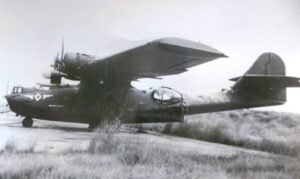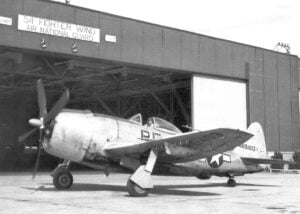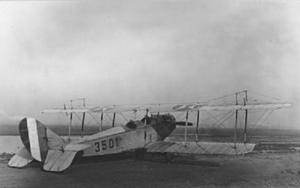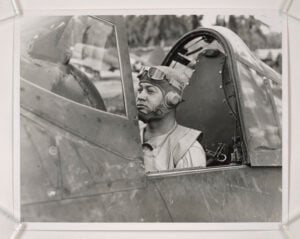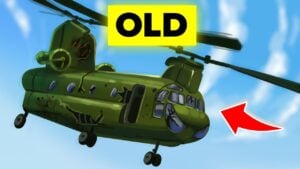The Story of America’s Forgotten WWII ‘Hawk’ Fighter That Became an Ace-Maker
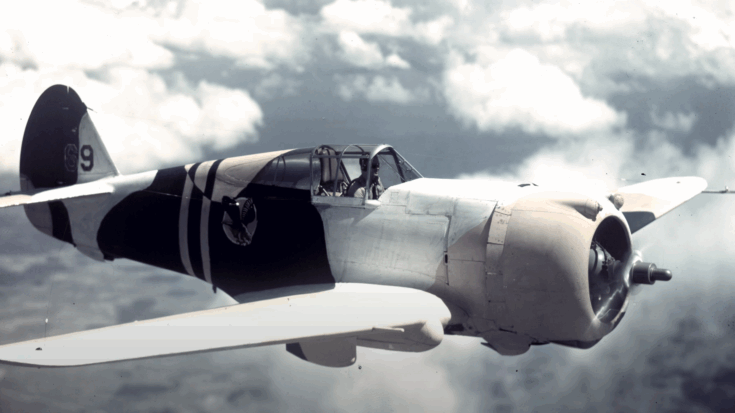
TheAnimatedGeneral / YouTube
A Fighter That Wasn’t Supposed to Matter
On the morning of December 7, 1941, as smoke rose over Pearl Harbor, only a few American pilots managed to take to the skies in defense. They weren’t flying the famous P-40 or Wildcat. Instead, they flew the almost-forgotten Curtiss P-36 Hawk—an aircraft most people had already dismissed as outdated. At home, it was viewed as a relic. But halfway across the world, the same aircraft was feared by enemy pilots. It became a deadly tool in the hands of skilled flyers and was loved by those who flew it.
The Curtiss P-36 Hawk stood in the shadows of more famous fighters, yet it saw intense combat across multiple theaters. It was built during a time of major changes in aviation, where biplanes with fabric wings were being replaced by all-metal monoplanes. In 1935, the U.S. Army Air Corps asked for a new fighter. At Curtiss-Wright, designer Donovan Berlin created the Model 75, a fast and modern machine. It had metal skin, a closed cockpit, and retractable gear. The first version had engine issues, but when Curtiss replaced the engine with the reliable Pratt & Whitney R-1830, it performed well enough to win an order of 210 aircraft. It became the P-36 Hawk.
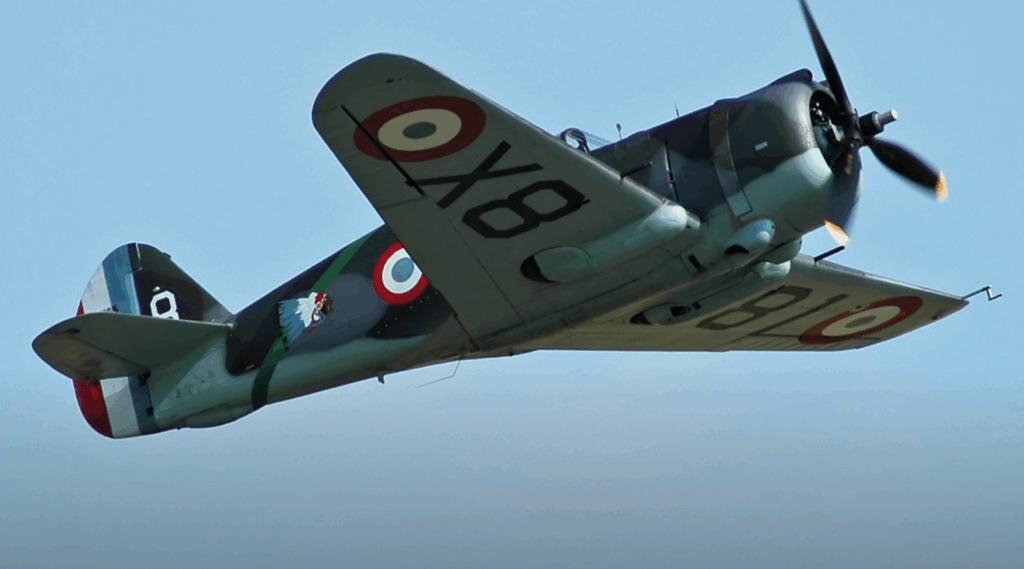
A Modern Design Facing a Rapidly Changing World
When it entered service, the P-36 Hawk was fast and easy to fly. It reached speeds over 310 mph and climbed quickly. But its weapons—only one .50-caliber and one .30-caliber machine gun—quickly became outdated as Europe’s fighters gained heavier guns and better protection. Soon, attention shifted to the Hawk’s successor, the P-40 Warhawk. The P-36 was sent to training schools and overseas bases, including Hawaii.
But on December 7, 1941, the P-36 suddenly found itself in battle. At Wheeler Field, most Hawks were destroyed on the ground during the attack. Yet four pilots managed to get airborne. One of them, 2nd Lt. Philip Rasmussen, took off still in his pajamas and engaged 11 enemy fighters. He shot down one, but his plane was heavily damaged. He landed safely with more than 500 bullet holes. Another pilot, 2nd Lt. Lewis Sanders, brought down a Japanese bomber. These rare victories marked some of the first aerial wins for the U.S. in World War II.
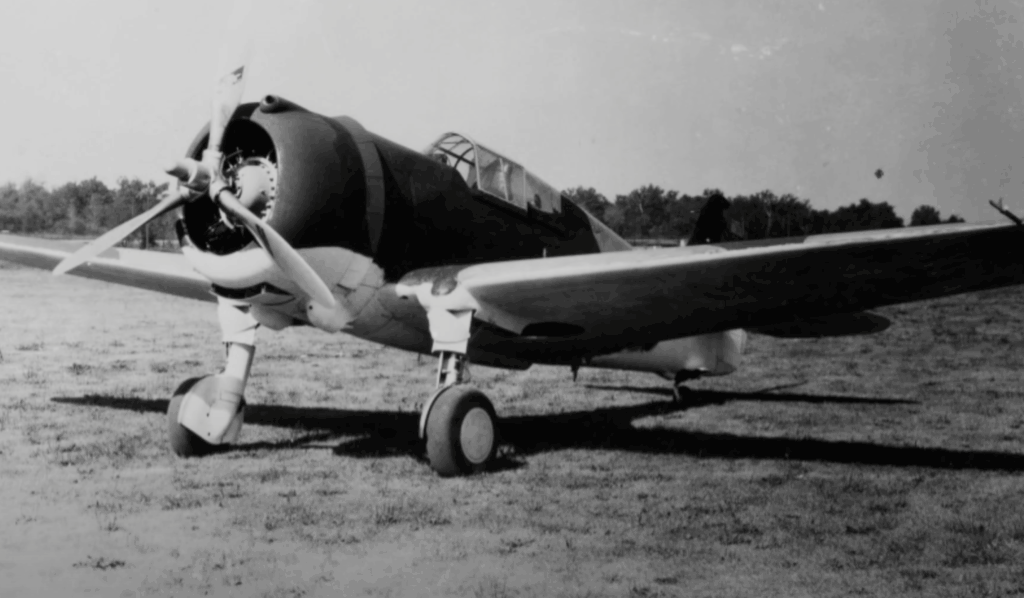
Forgotten in the U.S., Celebrated in France
While the P-36’s time in U.S. combat was short, its story was far from over. France became a major buyer of the aircraft, calling it the Hawk 75. Facing the threat of Germany, the French were impressed with its strong build and ability to turn tightly. During the Battle of France in 1940, French pilots flying the Hawk 75 claimed 230 confirmed kills and 80 probable ones, with only 29 lost in air combat. The aircraft could outmaneuver German Bf 109s, and French flyers used that edge well.
One top French ace, Lieutenant Edmond Marin la Meslée, scored 16 kills in the Hawk. While it couldn’t stop the invasion, the Hawk 75 gave the French a fighting chance and proved that the aircraft had real value when flown by skilled hands.
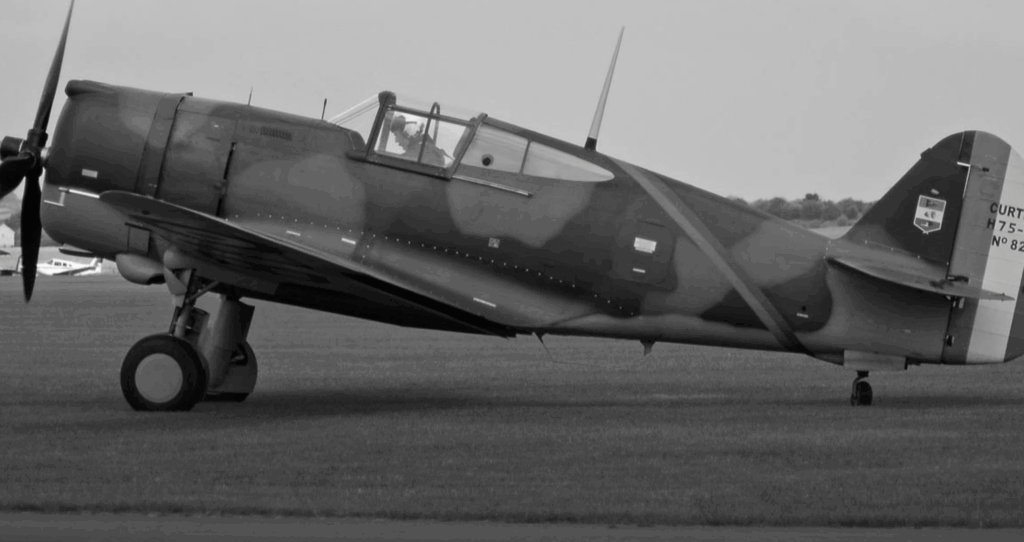
The Hawk Finds a New Home in Finland
After France fell, Germany captured many Hawk 75s. Some were sold to Finland, which was locked in a fierce war with the Soviet Union. Finnish pilots quickly appreciated the Hawk’s toughness and agility. They called it “Sussu,” meaning “sweetheart.” Between 1941 and 1944, Finnish Hawk pilots claimed 190 kills while losing only eight aircraft in aerial combat. The top Finnish Hawk ace, Kyösti Karhila, had 13 kills in the type.
The aircraft handled well at low and medium altitudes, which was where most fights on the Eastern Front took place. For the Finns, the Hawk was a reliable, effective weapon—and one they used with great success against a larger and better-equipped enemy.
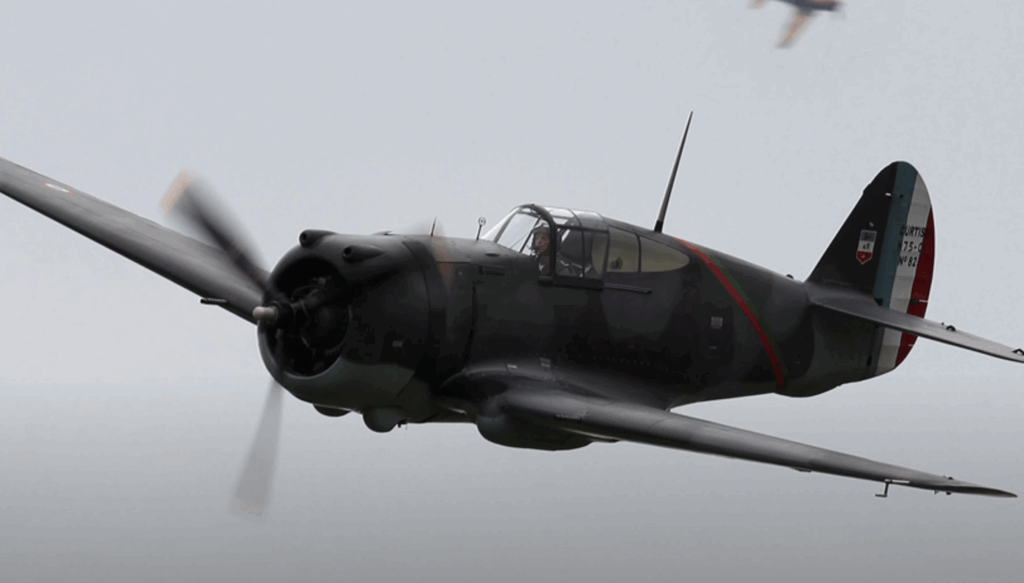
Other Users Around the World
The P-36 saw service in many other countries. The British Royal Air Force received Hawks through diverted French and Norwegian orders and renamed them Mohawks. Deemed unfit for European combat, they were sent to India and Burma, where they performed ground attack and escort missions. Norway flew a few Hawks during the German invasion, and some of the unassembled aircraft later made their way to Finland.
The Netherlands used them in the Dutch East Indies in 1942, though they were quickly overwhelmed by the Japanese. Even stranger was the brief Franco-Thai War, where both sides flew Hawk 75s—one of the few times in history the same aircraft type faced off in combat under different flags.
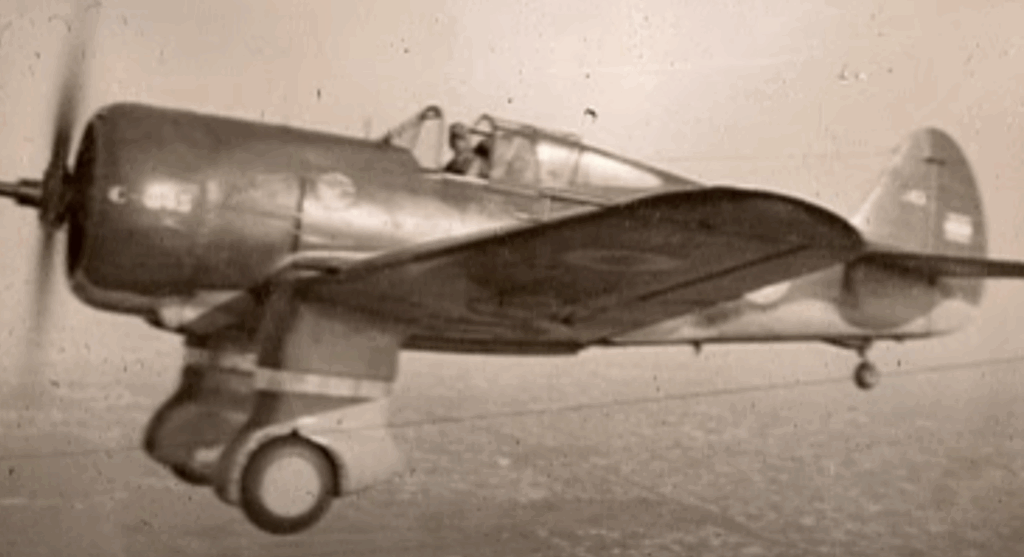
A Fighter That Refused to Be Forgotten
In the U.S., the P-36 was mainly seen as a bridge to better aircraft. Its airframe led directly to the development of the P-40. But elsewhere, the Hawk 75 was far more than a stepping stone. It was a frontline fighter that gave skilled pilots a tool they could rely on. Its strong frame, quick handling, and reliability made it deadly when used right.
From Pearl Harbor to France and Finland, the P-36 Hawk surprised many who had written it off. Though rarely remembered, it played a real role in the early years of the war. It gave pilots in desperate situations a fighting chance and earned its place in history as an underdog that made a difference.
